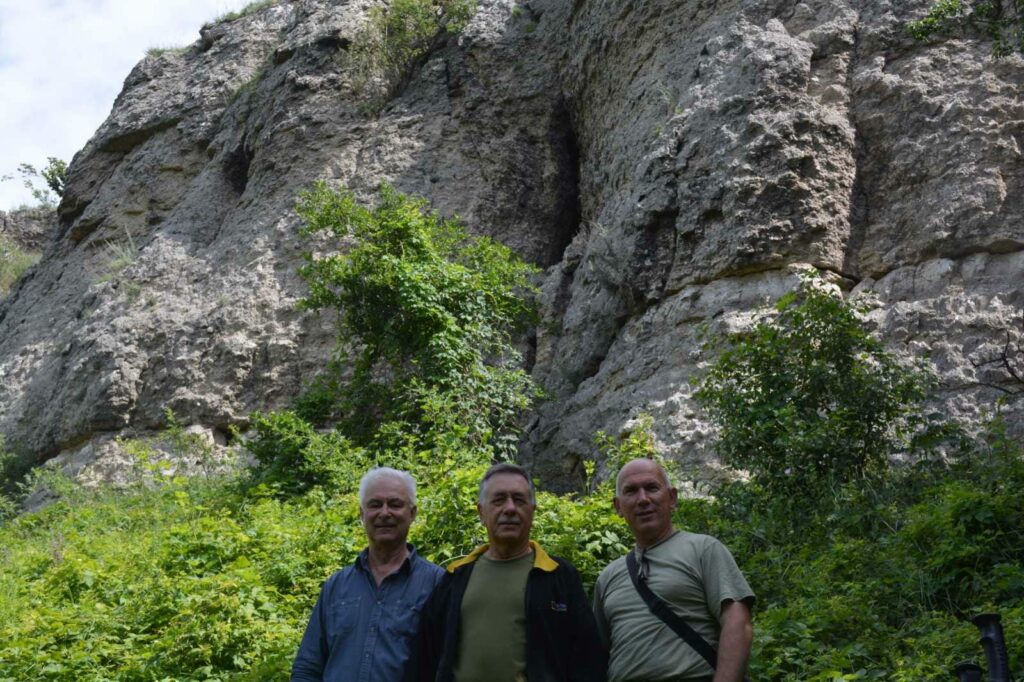Near the village of Mezhihirtsi, which is located near the Bybelka River, a left tributary of the Dniester River, 6 km from the city of Halych, there is a tract of Skala, or Monastyr. Scientific explorations of this place continued during the 19th and 20th centuries. In the course of researching the monasteries of Ancient Halych, scientists of the Carpathian Archaeological Expedition of the Carpathian Institute of History, Ethnology and Archeology of the Vasyl Stefanyk Precarpathian National University, including professor Mykola Kugutyak, associate professor Bohdan Tomenchuk, associate professor Boris Khruslov, and scientific specialist Roman Kobylnyk in 2009, 2018, 2021 and 2024 conducted a field survey of the antiquities of the rock-cave monastery. The main object of study was Bozhii Tik, located on the southern slope – the ledge of the high Skala mountain. Bozhii Tik itself has the appearance of a somewhat elongated square between the northern and southern rock walls. The southern part of the wall abutted the passage between the rocks, where traces of notches, planar undercuts for the rock structure of the princely period, which had 2-3 floors, are still preserved.
The general description of Bozhii Tik and its discovered sacred antiquities testify that before us is a ritual-cult monument, obviously of Eneolithic origin, which should be attributed to similar rock-cave objects in Bubnyshche, Urych, Sokol, Ternoshory. Its development probably began in the Upper Paleolithic era. Several Late Paleolithic sites were found near the monument. Two burial mounds were discovered on top of Mount Skala. The members of the expedition also discovered a mound of considerable size to the west of the monastery on Skala.
Despite the fact that researchers have been interested in the historical fate of the monastery near the village of Mezhihirtsi for almost two hundred years, the archaeological and historical study of the rock-cave defensive abode remains at the initial stage. The main secrets of God’s Current are still waiting to be discovered.

